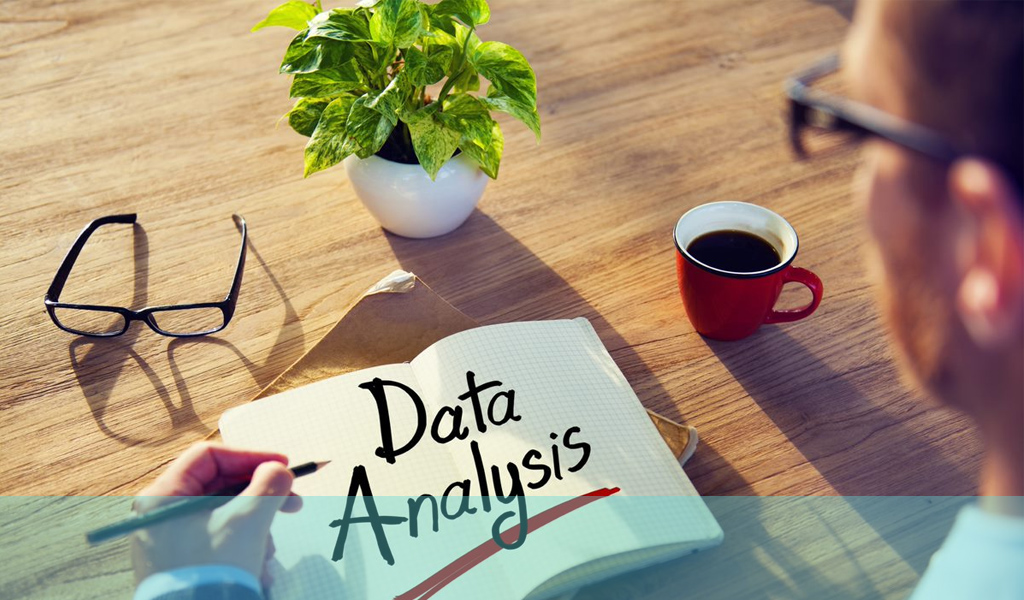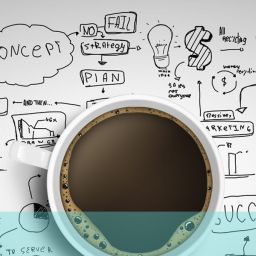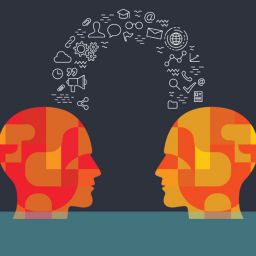
Exploring different UX roles and how they fit into the UXD process
There’s a lot of confusion between what a UX consultant does exactly and if the role is the same as that of a UX designer.
As we discuss a range of roles in the UXD domain, you’ll see that many overlap, share key skills, utilise the same tools and research, yet each specialises in particular areas, making each role more distinct than appears at first glance.
Yes, there’s a lot of confusion about who does what and what they might be called, but the goal of each role is the same—to enhance user experience to benefit a) the user and b) the business.
The typical UX consultancy team roles
We’ve created a simplified list of the usual roles found in the UX industry, as each title could easily become a category of sub-roles in larger organisations.
- Business intelligence consultant
Also known as BI consultant, BI analyst, BI developer - UX consultant
Also known as user experience design consultant, usability consultant, UX research consultant - UX designer
Also known as interaction designer, UX/UI designer, experience designer) - UX researcher
Also known as digital strategist, design research consultant)
As we said, all of these can and do cross over at several points in the process; the significant point to note is how each worker uses the same or similar skills to achieve their goal in each project.
What is a business intelligence consultant?
The business intelligence consultant (or BI consultant) uses data analysis to improve business performance. As a technology-driven role where data is king, business intelligence comprises gathering data, analysing results, and explaining those findings in easy-to-consume methods.
From this data and its findings, the business intelligence consultant devises methodologies to implement new systems, overcoming existing problems and issues.
There is certainly a crossover between the business intelligence consultant and the UX consultant, with both roles producing complex data to resolve business issues. However, the BI consultant strategises across the whole business model, including work processes, different tech departments, policies and procedures, practical applications, and reporting. In contrast, the UX consultant is solely focused on the UX strategies that aid the business.
What is a UX consultant?
Again, it’s easy to understand the confusion between UX consultant and UX designer as the roles include many of the same attributes, work towards very similar applications, yet are ultimately working to slightly different end goals.
Here’s the fundamental takeaway between UX consultant and designer: it’s usually about what the problem solves the need each of them is driven by to solve it.
The UX consultant resolves UX issues through strategic operations that benefit the business model. They are concerned with the business ecosystem and how it’s affected by each user journey.
A UX designer solves UX issues through practical applications that benefit the user experience and platform performance. They are concerned with the product or service platform and its impact on the user.
For the consultant, it’s a performance problem that impacts the top line of the business, and for the designer, it’s a practical problem affecting the user.
The roles and goals are similar. There’s a lot of UX research, user journey mapping, wireframing, prototyping, implementation, testing, and measurement of each improvement. They often utilise the same or similar tools during their processes, utilising very similar skillsets and qualities.
The UX consultant will pay more attention to the bigger picture while engaging in research, providing solutions designed to change the business rather than the individual experience. However, in many instances, the practical implications and implementations can easily amount to the same thing.
- Strategic thinking
- Content strategy
- Research
- Psychology
The daily role is varied. It includes everything from concept to delivery, working with clients and colleagues within research and design methods, building frameworks, observing user testing, and interpreting the results to explore available solutions.
A UX consultant will have had a great deal of experience within a UX design role; they’ll hold excellent interpersonal skills such as curiosity, creativity, and proactivity, showing strong client focus and trust-building qualities.

What is a UX designer?
The UX designer is concerned with the look and feel of the platform and the user journey—or ‘flow’.
Their job is to elicit the best feelings and emotions while users engage in the activities the platform presents. Users will experience joy, security, reassurance, and more, at different stages of each activity. The designer needs to implement what they’ve learned from their research to optimise performance and experience to achieve the best possible results.
- Interaction design
- Interface design
- Visual design
The outcome of the ideal user experience will often deliver what both UX designers and consultants are hoping to achieve. An enhanced user experience leads to deeper interactions, brand confidence, loyalty, sales, and increased profits, solving the issue for designers at the user level and consultants at the business level.
Every UX designer is expected to ensure quality, innovation, creativity, and accessibility within their designs. They’ll have to work closely with researchers, service designers, UI and content designers to create simple ways through complex user journeys.
Without a doubt, they’ll also have to be strong team players, able to present each element of their work in a way everyone can understand and work with. Finally, they’ll need to remain focussed and on the same page as each of their colleagues, users, and stakeholders.
Additional roles within the UXD domain
UX designers come from all walks of life and include various activities encompassed by the overall title.
Graphic designers (also: web designers, visual designers, and UI designers) will deliver the aesthetic of each project, hand in hand with the developers (or crossover UX developers) building the platform each element integrates with. They’ll work from the guidance of UX designer or consultant to build the elements that populate the project architecture and its various layouts.
The data visualization consultant role predominantly creates images, infographics, and other visual content that represents data sets in easy to understand means, for example, via maps, charts, and graphs. Each piece of content provides visual, technical, and editorial guidance into the topic or subject.
Product designers, too, will often work with or transition into UX designers. Interaction product designers work to a very similar roadmap to that of the UX designer. For physical product designers, the skills and experience amassed through solving problems for tangible products often translate well to the digital realm.
What is a UX researcher?
The UX researcher is a specialist at gathering data. Using qualitative and quantitative research methods, they deliver the real user information that the UX designers build their methodologies and layouts on.
UX researchers are heavily involved in the early stages of the design process, as the information they uncover creates the blocks the platform is built upon. They also play an essential part in testing, either validating each implementation or rectifying issues to enhance each design.
The most common research methods include interviews, observation, questionnaires, surveys, card sorting, and field studies. The resulting information is pieced together into easy-to-consume reports, uncovering traits and actions, all used to impact the user experience and interface design.
Finally, we reveal the not-quite-mythical UX unicorn
In most industries, the unicorns are the out-and-out experts in their fields. The UX unicorn (sometimes known as the UX engineer) is no exception. Typically, the UX unicorn holds the skillsets, knowledge, and intuition of multiple UX departments and roles.
They are, however, incredibly scarce. Finding anyone who excels in UX design and has the practical developer skills to implement them is a rarity. For those who manage to capture such an animal, their unicorns are likely to control the complete process and anything else they think is within their remit while they do.
Not many workers can take UX research, build it into a new or improved workflow, and then code it into the platform themselves. It’s easy to see why these animals are so thin on the ground.
Why should I hire a UX consultant?
Having an expert drive the production of a digital product or platform is extremely valuable and in so many ways.
Building a website, app, or any digital product or service on proven data is the modern standard in design and development. UX defines the building blocks that a successful, simple device will run on, providing the kind of user experience necessary to deliver the conversions you need.
Hiring a UX consultant will provide the specialist tools and skills required to get a new venture up and running efficiently and in a pre-proven way to deliver. When it comes to redesigning a poorly performing platform, the research experience and delivery knowledge will save stakeholders time and money in the long term, whatever the initial investment and timescale might look like.
With enhanced user experience providing the solutions to many business problems, however much further up the chain they appear, it’s no wonder that these popular UX roles are powering business transformation through digital technology and concrete
If you would like to know more about how a UX Consultant can help you, email us at hello@ux247.com.





[…] term UX consultant covers a broad range of […]